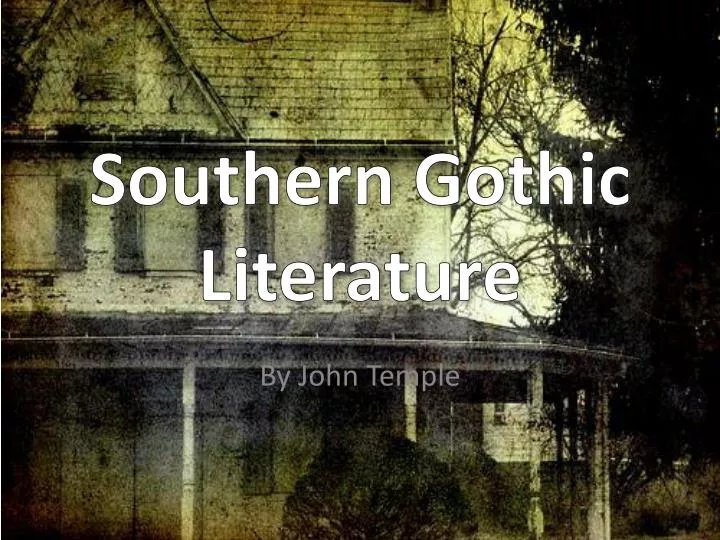

Charles Maturin Ĭharles Maturin (1780 – 1824) was a curate of the Church of Ireland. While there are many similarities in their work, Roche takes her heroine out of the safe haven of an idyllic natural setting and sends her to the city. A bestselling author in her own day, her reputation was later overshadowed by that of Ann Radcliffe, to whom she is often compared. Her 1798 Gothic novel Clermont ".is arguably the definitive text of the Gothic novel craze during the eighteenth and nineteenth centuries". Regina Maria Roche (née Dalton) (1764–1845) was born in Waterford and lived in Dublin before moving to England after her marriage. This idea was broached by Irish Anglican priest Thomas Leland in his 1773 philosophical History of Ireland from the Invasion of Henry II, which was criticized by both Anglicans and Catholics.Īmong the characteristics of Gothic literature are: gloomy settings, ruined castles, suspense, a past that will not stay in the past, and "the fires of lust ignited to precipitous extremes of peril". Later writers such as Joseph Sheridan Le Fanu explored postcolonial concerns regarding his own class by depicting them simultaneously as the causers of and sufferers from their own colonial misdeeds. "Irish writers often turned to the Gothic for images and narratives which would enable them to find new ways of articulating a stable identity in the midst of tremendous change." Įarly Irish Gothic fiction tended to present Catholics as the strange, if not diabolical Other. The exercising or exorcising of repressed anxiety is a characteristic function of Gothic fiction. The Irish Gothic novel reflects an Irish Anglican response to historical conditions, and allegorized the concerns of a minority population who (rightly or wrongly) perceived themselves under threat from the native Catholics over whom they maintained a precarious control. The Irish Gothic novel developed in the eighteenth and nineteenth centuries, a period when the Anglo-Irish community found themselves viewed as neither sufficiently English by the English, nor sufficiently Irish by their Catholic countrymen. This anxiety found voice in their literature. No longer able to rely on the British government to protect their interests, many leaned toward Irish nationalism, which itself was somewhat problematic given their minority status. The Anglo-Irish community found itself in a liminal position. Following a vigorous campaign led by Irish lawyer Daniel O'Connell, Westminster passed the Roman Catholic Relief Act 1829 removing most of the disabilities imposed upon Catholics. This began to change with the Acts of Union 1800 and the concomitant abolition of the Irish Parliament. The Irish Parliament, which was almost exclusively Protestant in composition, passed the Penal Laws, effectively disenfranchising the Catholic majority both politically and economically.

The period from 1691 to 1800 was marked by the dominance of the Protestant Ascendancy, Anglo-Irish families of the Church of Ireland who controlled most of the land. Irish Gothic literature developed in the eighteenth and nineteenth centuries.


 0 kommentar(er)
0 kommentar(er)
